One of the biggest challenges I faced growing up in a Jamaican household was that mental health simply wasn’t talked about — even though I lived with a family member experiencing severe mental illness. As a child, that was traumatic to witness and difficult to understand.
That silence wasn’t just personal to my family — it was cultural, generational, and rooted in survival. I needed therapy myself to process what had never been processed. But in the ’90s and 2000s, therapy wasn’t as accessible or familiar as it is now — especially for Black and brown communities. The idea of sitting down to talk through your pain felt very middle-class and very extreme at the time.
But that gap between what I felt and what wasn’t being said lit a fire in me. I didn’t just want to speak my truth — I wanted to create space for others to speak theirs. So by the time I was 15, I knew I wanted to become a therapist — basically becoming the person I wish I had growing up.
My story has been the blueprint for the space I’ve created — both in the therapy room with those I am lucky enough to work with, and in the way it inspired me to step outside the traditional therapist box.
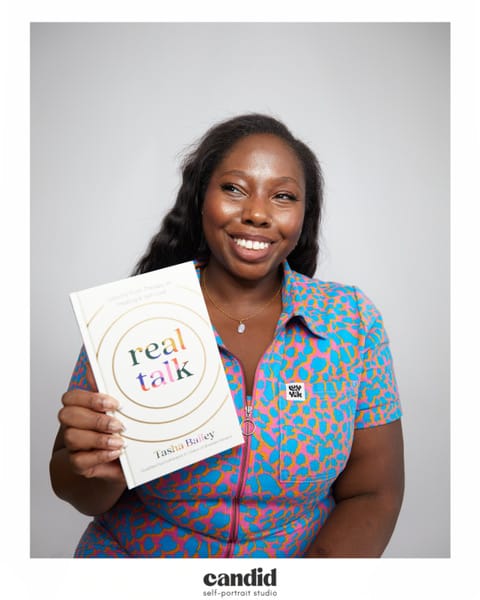
After qualifying as a therapist, I quickly realised that therapy still feels like a luxury for far too many people — either priced out or pushed down the list of priorities. So I flipped the typical therapist script and started showing up online, offering bite-sized moments of self-care, reflection, and real talk to my community, which has now grown to over 90,000 people.
But the real magic happened when I stopped showing up as just the therapist and started showing up as me — someone with her own stuff, her own stories, her own healing in progress. In a profession that usually frowns on therapists being too human, I chose to let people in — breaking the rules I was taught in my training.
Because when you are real, people feel it. And when you are vulnerable, you give others permission to be, too. Healing becomes a ripple effect that moves through people. It becomes communal.
I am showing people that healing is messy, nonlinear, and deeply human. Vulnerability isn't weakness — it’s the ultimate power move.
In a world that tells us to keep it all together, I am out here reminding people they don’t have to. There’s space for softness, struggle, joy, and growth. And I’ll keep showing up to make sure people know they’re not alone.
But let’s be honest: the wellness world still caters to a very narrow aesthetic — white, thin, middle-class. Meanwhile, Black women — who are leading, innovating, and healing in powerful ways — often remain invisible unless we are invited to “educate” the audience about diversity.
This digital space has opened doors to speaking gigs, partnerships, and projects I’m genuinely grateful for. But more often than not, I am still the only Black female mental health expert in the room. And that is not just exhausting — it’s downright ridiculous in 2025. Being the only Black mental health expert in the room isn’t a compliment — it’s a glaring industry failure. The industry still hasn’t caught up with the fact that we are essential voices with expertise that goes far beyond diversity panels.
What needs to change is more Black women being seen, celebrated, and platformed in the mental health and wellness space. Black women in wellness aren’t unicorns. We are out here doing the work — creating, healing, educating — yet rarely get airtime unless the podcast is hosted by Black women. And when we do get a spot, it is usually just to talk diversity, not to share our real expertise. Black experts aren’t your DEI guest stars; we have valuable insights on inner child healing, nervous system health, and boundary-setting too.
Wellness isn’t wellness if it only reflects one kind of voice, one kind of body, one kind of story. If the industry really wants to help people heal, it needs to start by widening the lens — not just for optics, but because we bring brilliance that’s being missed.
We are not a niche — we are necessary.
I am most proud of the milestones that disrupted the boxes I kept myself in for years. Growing up the way I did, I learned to be the quiet one — shy, observant, non-confrontational, always making myself smaller to survive whatever was going on around me. It was safer that way.
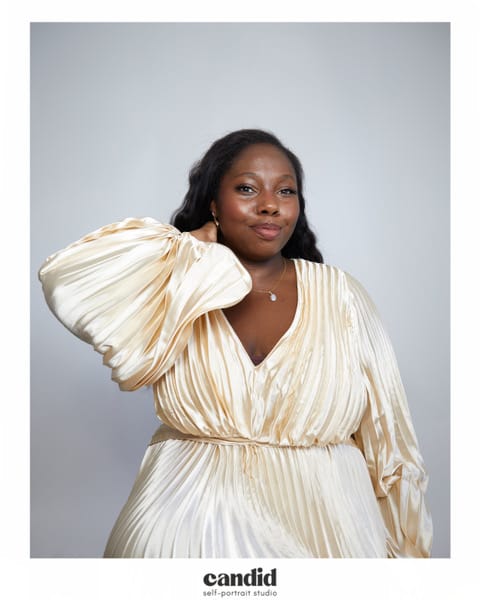
So when people from my past find out I have spoken to rooms filled with hundreds of people, that I am very active on social media, or that I have published a whole book full of my own words and wisdom, they are surprised — and I get it. Sometimes I still surprise myself. But those moments mean the most to me. Not just because of what they are on paper, but because of what they represent: I stopped dimming my light. I found my voice. I used it.
That said, I don’t dismiss those earlier parts of myself. In many ways, being observant, sensitive, and attuned to others makes me a better therapist. But they’re not the whole story. They’re not the entirety of who I am. These milestones are a reminder of how expansive I have become — not by leaving those parts behind, but by growing beyond them. Healing doesn’t just happen quietly in therapy rooms — it can also look like stepping up to the mic, taking up space, and saying something that matters. When we stop making ourselves smaller, the whole room gets bigger.
Disruption, for me, is about owning the discomfort of growth and refusing to be silenced by the status quo. I don’t just help people survive their past — I help them flip the script, break patterns, and rewrite their futures. Disruption is necessary for healing; it’s the radical permission we give ourselves to connect deeply, shed old limitations, and start living more fully — more freely — our best lives.
Tasha is a bold voice in modern mental health, also known as @realtalk.therapist—an author, psychotherapist, speaker and content creator with 95k+ followers. Known for taking therapy out of the therapy room, she makes self-love and healing feel real and inclusive. Her debut book, Real Talk, helps readers go deeper—on their own terms, real talk only.

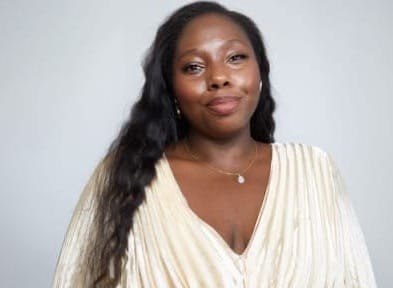
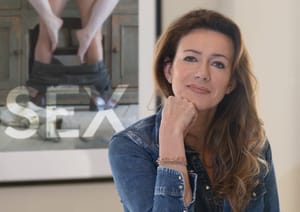
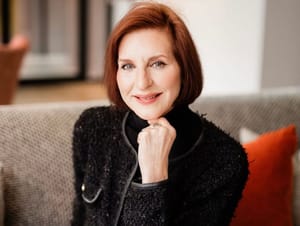
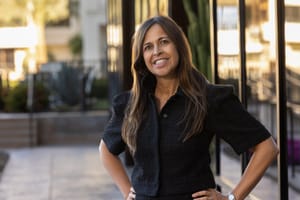




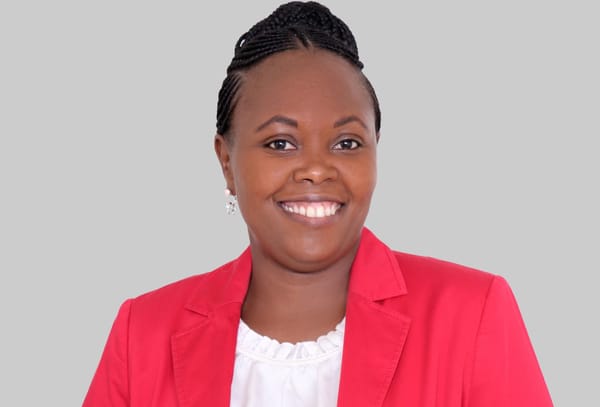
Member discussion